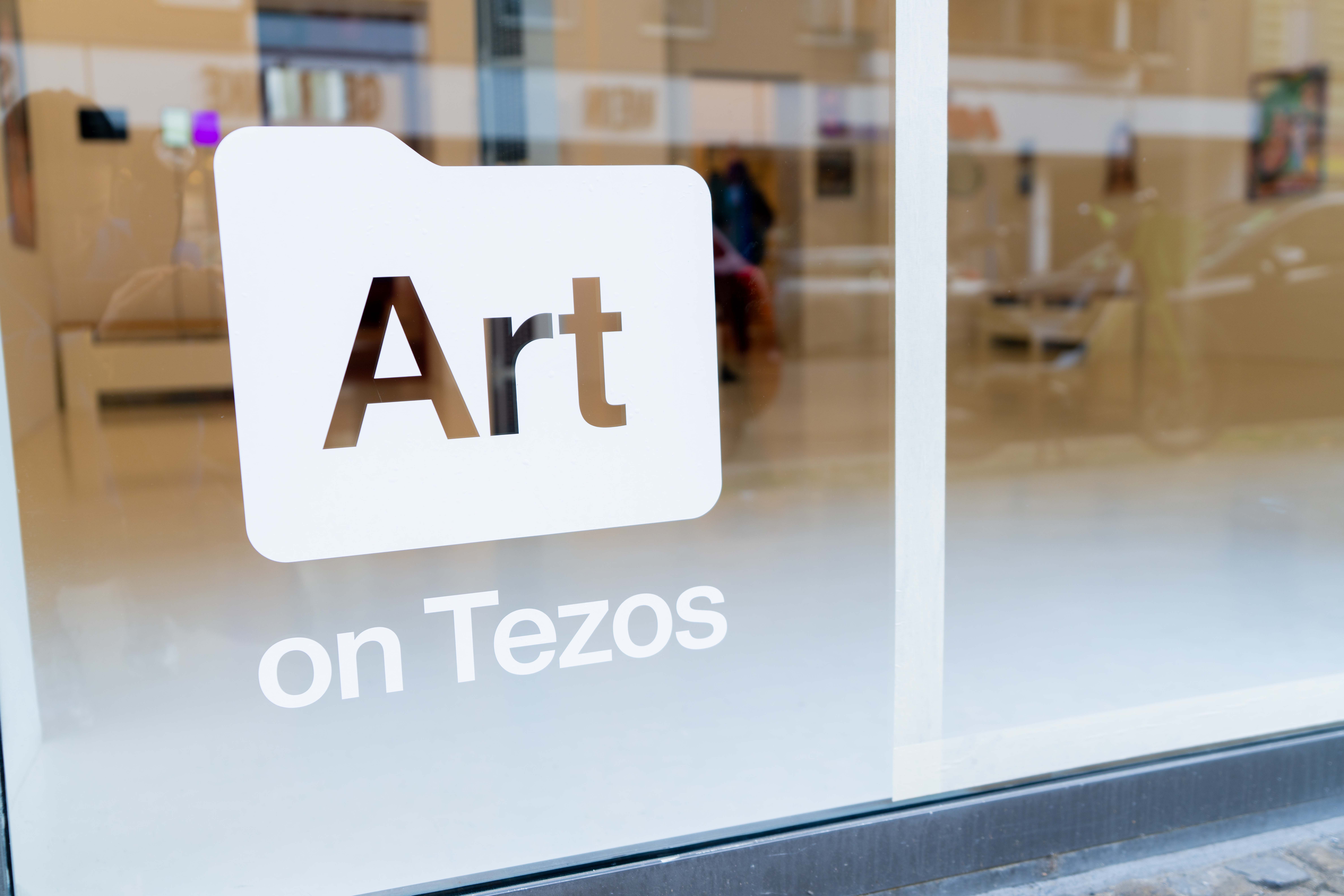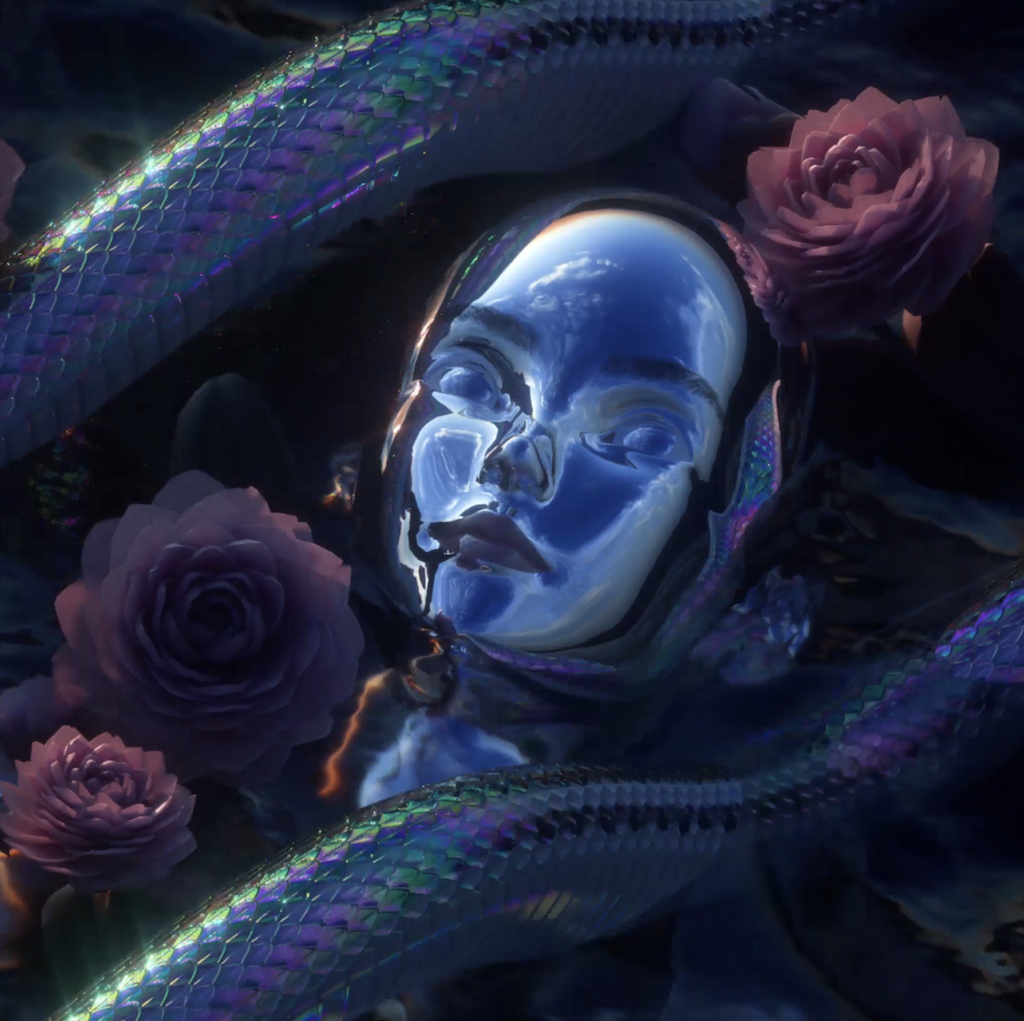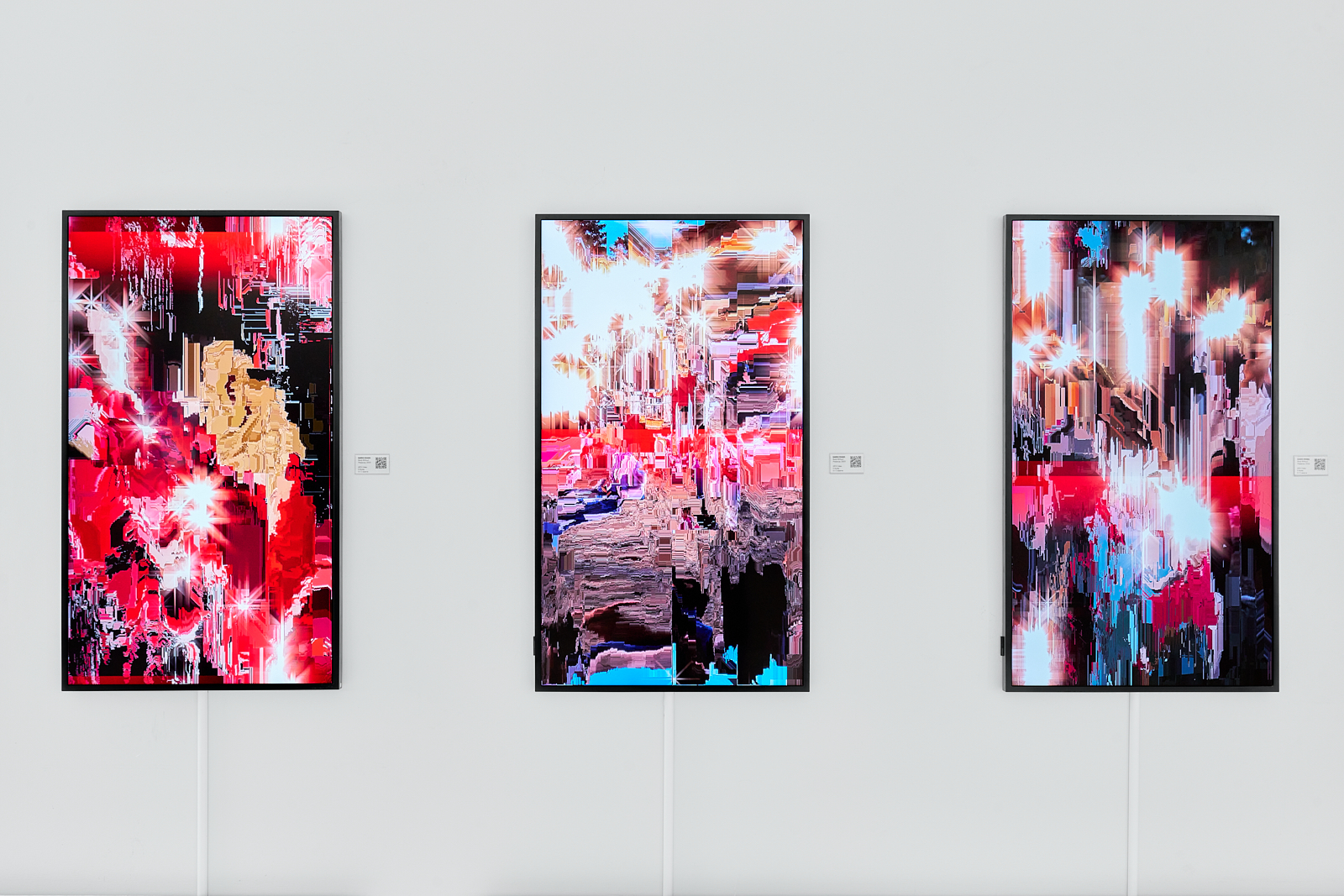

All the online articles about developing your taste in art are always the same: “go to museums, look at as much art as you can, and so on.” But in the end, it always ends with something like: “trust your guts.”

I was like, “This is kind of chaotic. I don’t know how to find things here.” His response was, “If you see something you like then collect it, but, either way, see what that artist collects.” That was an entryway for me.

I was still skeptical. I thought, “If you guys want to give me $250 bucks for a JPEG, that’s fine with me.” [Laughs] Actually, Giannis was the first person ever to bid for my work.

I was a Bitcoin maximalist and I still am when it has to do with financial freedom and being your own bank. I wanted to have something in my house that represented what I believed in. That’s why I first collected art.

I never collected with the prospect of making money. It was more: “I want to collect this, this is what speaks to me, I want to support this individual.” Often one of the most important criteria is whether I think this person is a good person. If so, I want to support them and help them continue what they are doing.

I view my collection as a small-scale form of patronage that helps other artists to continue to do their work.

Those three things together — history, process, and style — are the magic mix for me. If you have all three, then it’s hard for me not to like it.
I would love to see some sort of fund or non-profit that offers travel grants for artists from around the world to make it to events like this.

One thing that needs to change is the phenomenon whereby a big herd follows certain people who don’t have any real art collecting credentials. They just have money and a loud voice. But, for some reason, that automatically means that they have taste or know what they’re talking about.
With thanks to Vinciane Jones.
Aleksandra Artamonovskaja is Head of Arts at Trilitech, the hub driving adoption for the Tezos blockchain. She leads arts programming and ecosystem growth across institutional collaborations, flagship events, and blockchain applications in the creative industry. With a Master’s in Art Business from Sotheby’s Institute of Art, Aleksandra previously founded Electric Artefacts, a curatorial advisory for digital art and blockchain projects, and was a core team member behind the 2016 launch of the .art domain, building global partnerships with organizations such as Rhizome, Ars Electronica, and Kickstarter.
Danielle King is an artist, writer, and curator based in Western Massachusetts. She studied studio art and art history at Harvard University, working primarily in photography, film, and mixed media. Her recent work utilizes AI technologies to create alternative art histories, explore memory and the duality of self, and investigate capitalist and art historical ideals of beauty, femininity, and motherhood. After receiving her MBA from the Yale School of Management, she spent eight years managing the Department of Painting and Sculpture at the Museum of Modern Art in New York. She is currently the Head of Community at Right Click Save. Danielle is a member of the MAIF artist collective, an alumna of the VerticalCrypto Art Residency, and an Adjunct Lecturer at the Center of Creative Computation at SMU. She is also a mother of two.
Adrian Pocobelli is an Italian-Canadian artist based in Paris, France. His work centers on digital art, particularly created on a smartphone or tablet, with a focus on how images evolve alchemically when they travel through different mediums. He is the host of the Artist Journal, dedicated to art on the blockchain.
Giannis Sourdis is a Greek founder, investor and art collector. He co-founded Couch Heroes, a gaming startup in Greece and Amplify Global, a private investment firm. He also founded Museum of NFT Art, a digital museum to display his collection as well as Narcissus Gallery, a digital gallery to display his collection alongside that of another collector, Akira. He has been trading and investing in the cryptosphere since 2016 and collecting NFTs and physical art since 2018.
Fanny Lakoubay is a French-born art advisor with over 15 years of experience at major New York institutions, including Artnet, Sotheby’s Institute, and Christie’s auction house. Since 2018, she has specialized in digital art, guiding collectors, artists, museums, and platforms through the emerging digital landscape. She co-founded the 100 collectors club, a community for contemporary and digital art collectors that offers an online private platform, VIP access to international art and innovation events, and collection management services. She also serves on several Web3 advisory boards and contributes to art publications. She now lives in Madrid, Spain.

